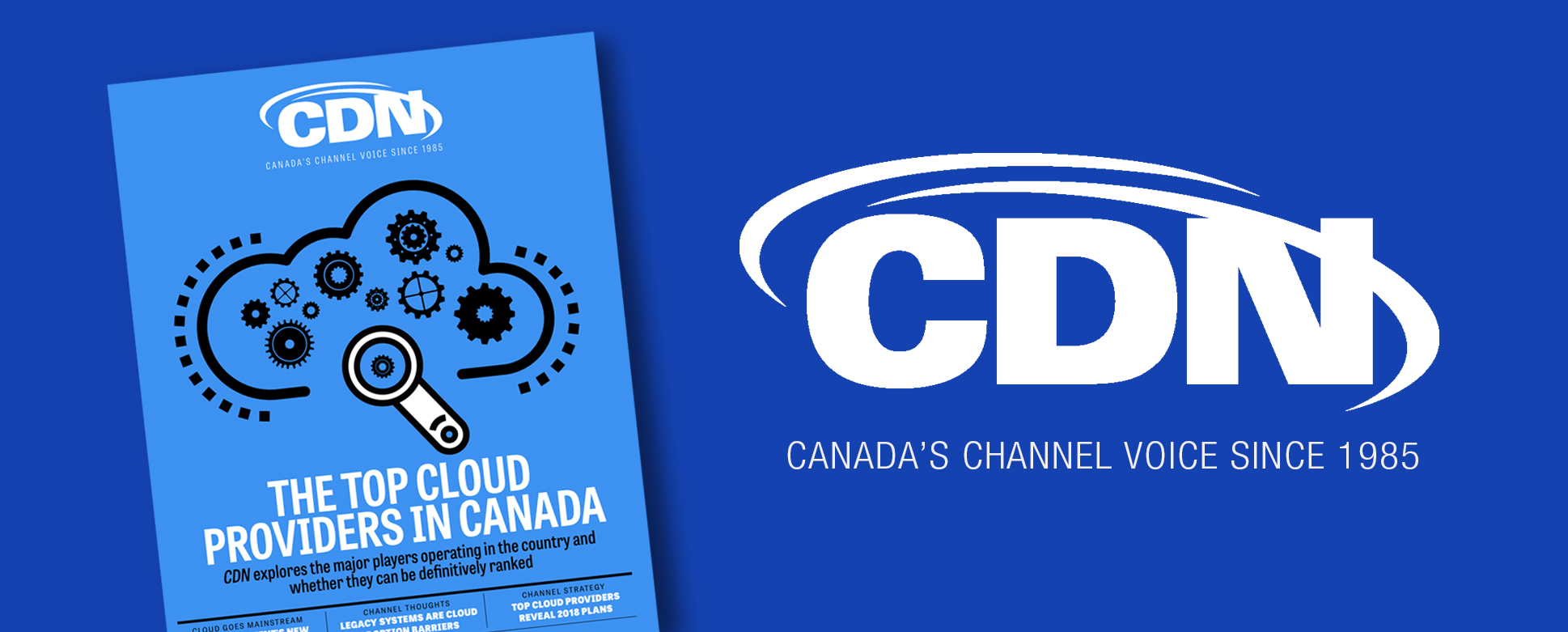Very few things should be holding organizations back from adopting the cloud to some capacity, says Kevin Crowe, vice president from Long View Systems, a channel partner of Microsoft Canada.
Legacy systems, however, are a common barrier among potential customers, he says. “The main reason they don’t go to cloud is legacy applications. They’re just not proving robust enough to go to the cloud so they stay on site in a traditional way,” he told CDN. Security concerns, while less common, do come up in discussions with clients, says Crowe. But they often don’t last long.
“When you start comparing the amount Microsoft is spending on security versus whatan IT department can spend on its own, it’s not comparable,” he says.
Bharat Shah, Microsoft’s vice president of security, told Reuters at the company’s BlueHat conference last year that it’s spending more than $1 billion per year on cybersecurity research and development, and that spending will increase as more people turn to the cloud.
In addition to simply supplying clients with cloud infrastructure, Crowe says Long View Systems is embedding itself deeper into businesses’ plans to innovate and build new revenue streams. “Our client base isn’t going to change much, but how they use us will,” he says. “We are becoming a much bigger part of that digital transformation roadmap strategy.”
Oil and gas industry embracing change
Long View Systems deals with many verticals in Canada – including financial and transportation sectors – but with several offices out west, the oil and gas industry has a significant presence among its list of clients. More than 30 per cent of them are from that sector, says Crowe.
A lot of that had to do with plummeting oil prices, which dipped to, and remained at, nearly all-time lows in 2014 and 2015. As the prices slowly rebounded, executives sought efficiencies and discovered cloud was the answer.
“They know they need efficiencies,” he says. “They understand the disruption that’s taking place in the industry and the volatility of the marketplace, so they’re making sure their operational costs are in the right place.”
This involves simplifying data collection and storage and embracing what Crowe describes as the “digital oil field.”



